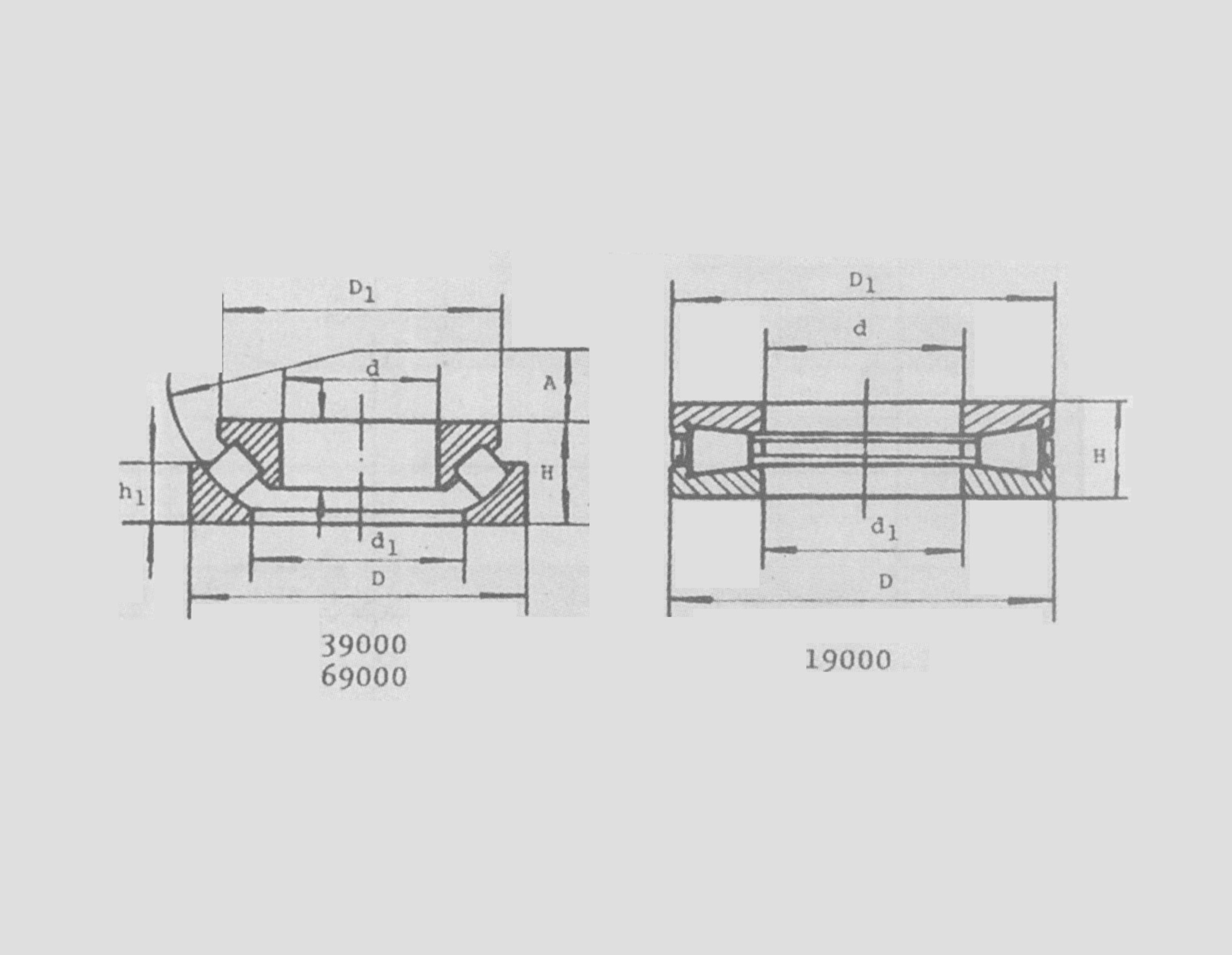
Ное . 14, 2024 13:35 Back to list
cylindrical roller bearing clearance chart
Understanding Cylindrical Roller Bearing Clearance A Comprehensive Overview
Cylindrical roller bearings are pivotal components in various mechanical systems, particularly in applications where high-speed operation and heavy radial loads are essential. One key aspect that influences the performance and longevity of these bearings is the clearance between the rolling elements and the raceways. Understanding the clearance and its implications is critical for optimal bearing function.
What is Bearing Clearance?
Bearing clearance refers to the space between the rolling elements (rollers) and the raceway surfaces inside the bearing. This space allows for necessary movements and thermal expansions during operation. The correct clearance is crucial for ensuring proper lubrication, minimizing wear, and preventing premature failure.
Types of Clearance
Clearance in cylindrical roller bearings can generally be categorized based on the following
1. Radial Clearance This is the distance between the rolling elements and the inner and outer tracks. Radial clearance is essential for accommodating misalignment and thermal expansion.
2. Axial Clearance This clearance dimension pertains to the movement available in the axial direction. It's significant for applications where axial loads are present.
Bearings are typically classified by their clearance, including normal, C3 (greater than normal), and C4 (even greater). The choice of clearance is dependent on the operational conditions such as load types, temperature variances, and speed requirements.
Factors Influencing Clearance Selection
cylindrical roller bearing clearance chart

1. Operating Environment In high-speed applications, a tighter clearance may be ideal to reduce vibration and noise. Conversely, in high-load situations or where thermal expansion is a concern, a larger clearance may be necessary.
2. Lubrication The type of lubricant and its viscosity can affect the amount of clearance needed. Proper lubrication fills the gaps and helps minimize friction, necessitating specific clearance adjustments.
3. Load Conditions Understanding whether your application will predominantly have radial, axial, or combined loads can influence the optimal clearance setting.
Using the Clearance Chart
The cylindrical roller bearing clearance chart serves as a valuable tool for engineers and technicians. Typically, this chart outlines the relationship between various factors such as bearing size, load type, and the required clearance values. By referring to the chart, users can determine the appropriate clearance based on the specific operational requirements of their machinery.
1. Interpreting the Chart The chart usually details tolerances and recommends clearances based on standard conditions. It should be interpreted carefully, keeping in mind the unique specifications of the application.
2. Adjusting for Conditions Users should adjust the recommended values based on environmental factors, load types, and expected temperature ranges to ensure maximum performance and reliability.
Conclusion
Understanding cylindrical roller bearing clearance is fundamental to the sustained performance of mechanical systems. By utilizing clearance charts effectively and making informed decisions based on operating conditions, engineers can enhance the lifespan and efficiency of bearings in various applications. Proper clearance selection not only ensures optimal function but also minimizes maintenance costs and operational downtimes, highlighting the importance of this crucial factor in engineering design.
Latest news
-
Grooved Ball Bearing Design and Functionality
NewsJun.04,2025
-
Concrete Mixer Bearing Load Capacity Testing
NewsJun.04,2025
-
6004 Bearing Dimensions in Robotic Joint Designs
NewsJun.04,2025
-
Advantages of Single-Row Deep Groove Ball Bearings
NewsJun.04,2025
-
Applications of Deep Groove Ball Bearings in Automotive Systems
NewsJun.04,2025
-
Innovations in Bearing Pressing Machine Design
NewsJun.04,2025
